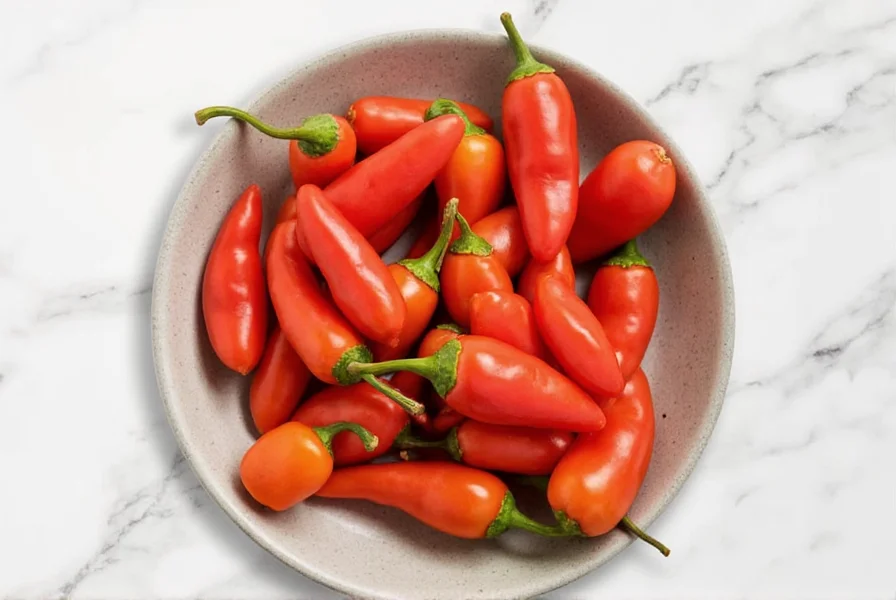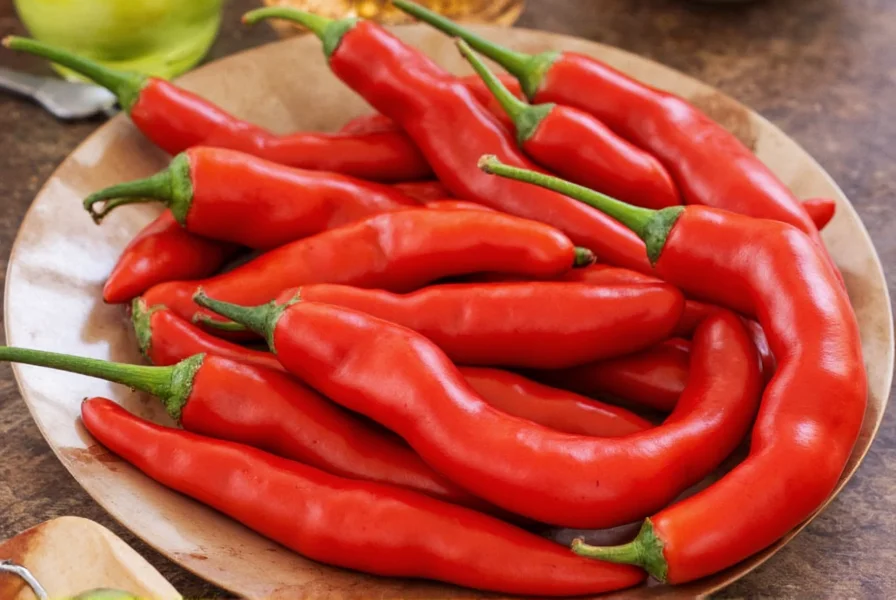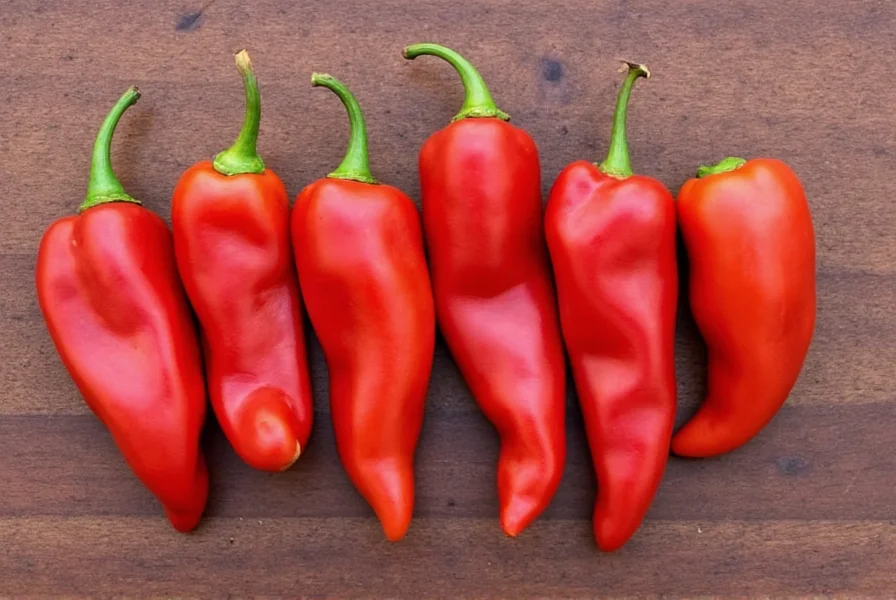Sechaun Peppers: The Tingling Heat That'll Make Your Mouth Dance!
If you've ever taken a bite of Sichuan-style hot pot or a steaming bowl of mapo tofu and felt your lips start to tingle — that's the unmistakable magic of Sechaun peppers at work. Unlike traditional chili heat, these tiny powerhouses deliver a unique, electric buzz that's part numbing, part fiery, and totally unforgettable.
Table of Contents
- What Is Sechaun Pepper?
- The Tingling Effect Explained
- Culinary Uses & Pairings
- Health Benefits You Should Know
- Buying Guide: How to Choose the Best Sechaun Peppers
- Pro Cooking Tips for Using Sechaun Peppers
- Common Mistakes to Avoid
- Frequently Asked Questions
- Conclusion
What Is Sechaun Pepper?
Despite its name, Sechaun pepper isn’t actually a “pepper” in the traditional sense. It comes from the Zanthoxylum genus, making it more closely related to citrus than to chili peppers. Known as Hua Jiao (花椒) in Chinese, this spice is harvested from the dried outer husks of the seeds of the prickly ash tree.
Types of Sechaun Peppers
There are several varieties, but the most commonly used include:
- Red Sechaun Peppers – More mature, with stronger flavor and aroma
- Green Sechaun Peppers – Harvested earlier, offering a fresher, brighter note
- Szechuan Peppercorns – Often used interchangeably, though they refer to both red and green forms
| Variety | Flavor Profile | Best For |
|---|---|---|
| Red Sechaun Pepper | Earthy, woody, with strong numbing effect | Stews, braises, oil infusions |
| Green Sechaun Pepper | Fresher, citrusy, mild numbing | Stir-fries, pickles, cold dishes |
The Tingling Effect Explained
Ever wondered why Sechaun pepper makes your mouth go numb? It’s all thanks to a compound called hydroxy-alpha-sanshool. Unlike capsaicin (the heat molecule in chili peppers), this natural chemical stimulates nerve endings responsible for vibration and touch, creating a buzzing, almost electrical sensation.
Science Meets Sensation
This tingling effect can last from a few minutes to an hour, depending on how much you consume and your sensitivity. Chefs often use this effect to layer flavors, allowing spiciness and umami to shine after the initial buzz hits your palate.
Culinary Uses & Pairings
From street food to high-end cuisine, Sechaun peppers are versatile. Here are some classic ways to use them:
- Oil Infusion – Toast the peppercorns in oil to release their aroma before adding other ingredients.
- Dry Roasting – Grind roasted Sechaun pepper into a powder to sprinkle over noodles or dumplings.
- Ma La Sauce – Combine with chili oil, garlic, soy sauce, and vinegar for a lip-tingling dipping sauce.

Top Flavor Combos
| Pair With | Why It Works |
|---|---|
| Garlic | Enhances earthiness and balances out the tingling sensation |
| Ginger | Adds warmth and complexity without overpowering |
| Chili Oil | Combines spicy with numbing for the full Ma La experience |
| Lemon Zest | Brings brightness to cut through richness |
Health Benefits You Should Know
Beyond the taste, Sechaun pepper offers some surprising health perks:
- Pain Relief – Hydroxy-alpha-sanshool has been studied for its analgesic properties.
- Improved Digestion – Stimulates saliva and gastric juice production.
- Antibacterial Properties – May help fight certain bacteria when consumed regularly.
Buying Guide: How to Choose the Best Sechaun Peppers
Not all Sechaun peppers are created equal. Here's how to find quality ones every time:
Key Features to Look For
- Aroma: Strong, citrusy scent when crushed
- Color: Vibrant red or deep green, not faded
- Texture: Dry but not brittle
- No Black Seeds: These are bitter; avoid whole peppercorns with visible black centers
Top Brands & Products
| Product Name | Features | Best For |
|---|---|---|
| Mala Market Organic Sechaun Peppers | Certified organic, sustainably sourced | Home cooks looking for premium quality |
| Red Boat Spicy Fusion Kit | Includes chili oil + ground Sechaun | Beginners wanting to try Ma La |
| Golden Phoenix Whole Red Peppers | Bold flavor, easy to find in Asian grocery stores | Regular cooking and oil infusions |

Pro Cooking Tips for Using Sechaun Peppers
To get the most flavor and sensation from your Sechaun peppers, follow these pro tips:
- Toasting Enhances Flavor: Lightly toast in a dry pan until aromatic, then crush or grind.
- Don’t Overheat: Prolonged cooking can destroy volatile oils; add near the end of cooking or infuse early and remove.
- Store in Airtight Containers: Keep away from light and moisture to preserve potency.
- Start Small: Even experienced spice lovers can be overwhelmed by the tingling effect. Adjust to taste gradually.
Common Mistakes to Avoid
Even seasoned chefs sometimes make mistakes when using Sechaun peppers. Here are the most common ones to watch out for:
- Using Too Much: One teaspoon too many can lead to hours of tingling discomfort.
- Leaving Seeds In: Bitter black seeds ruin the flavor profile.
- Burning Them: Burnt Sechaun pepper turns acrid and unpleasant.
- Mixing with Strong Herbs: Overpowering flavors like rosemary or thyme can mask the delicate numbing sensation.
Frequently Asked Questions
Is Sechaun pepper hotter than chili?
No, Sechaun pepper doesn't produce traditional heat like chili. Instead, it causes a tingling, numbing sensation due to hydroxy-alpha-sanshool.
Can I eat Sechaun pepper raw?
You can, but it’s not recommended. Toasting enhances the flavor and reduces bitterness.
Are there alternatives to Sechaun pepper?
Tamari lemon zest or sansho pepper (from Japan) offer similar sensations, but nothing fully replicates the authentic Sechaun experience.
Conclusion
Sechaun pepper isn’t just a spice — it’s an experience. Whether you're new to the tingling sensation or a seasoned spice hunter, mastering the art of using Sechaun pepper opens up a world of bold, complex flavors. From everyday stir-fries to weekend DIY oil infusions, there’s no limit to what you can create with this iconic ingredient.
So grab a bag of quality Sechaun peppers, start experimenting, and let your taste buds do the happy dance they deserve!











 浙公网安备
33010002000092号
浙公网安备
33010002000092号 浙B2-20120091-4
浙B2-20120091-4